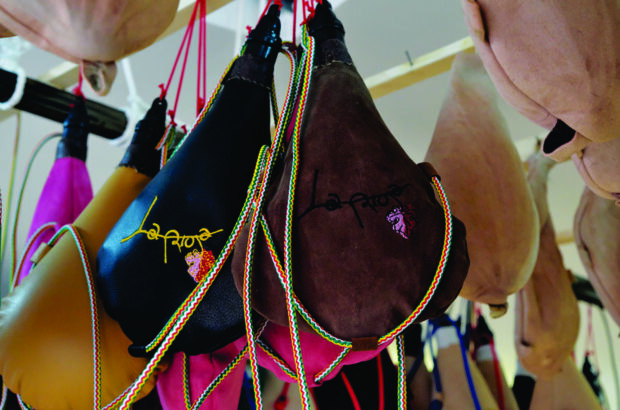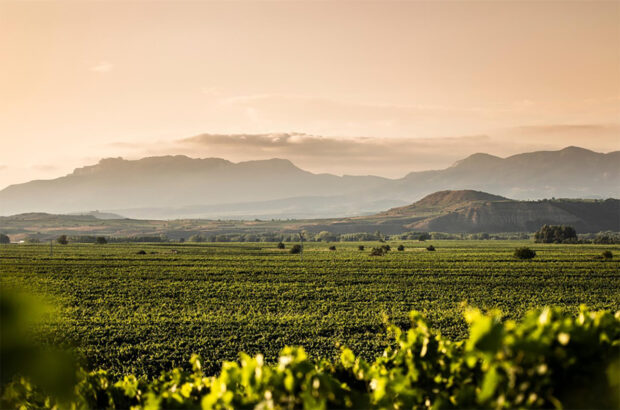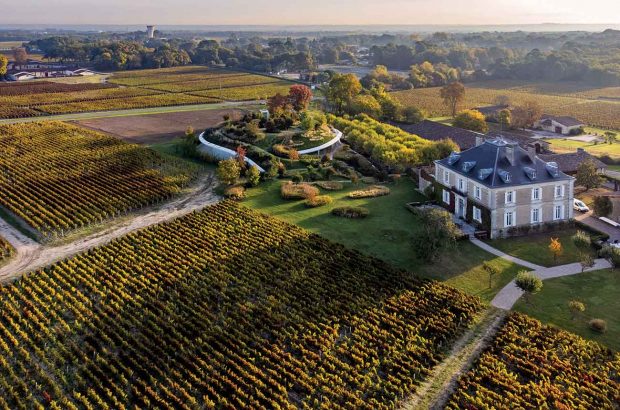Twenty years ago, I wrote my Master of Wine dissertation on the dry topic ‘Developing Environmental Management Standards for Wine Production’, using Champagne as an example. A curious choice for someone who had spent his career in sales, yet it seemed important, though few people were talking about wine and the environment. Vines were farmed differently then – the goal was volume, rather than depth of flavour. Few producers attempted organic or biodynamic viticulture, and when sustainability was brought up, more than a few growers refused to listen.
Ah, how times have happily changed. Since my dissertation, there has been an explosion of interest in sustainability. Champagne’s governing body, the CIVC, pioneered a certification specific to Champagne grapes called Viticulture Durable en Champagne (VDC); other growers adopted the national standard Haute Valeur Environnementale (not specific to grapes). Organic and biodynamic certification is flourishing. The land itself proclaims it – more often vineyards are either tilled or grassed over, and there are efforts to increase biodiversity by planting trees and other crops.
One of the things I learned from my dissertation is that ‘environmental quality’ is more complicated than most casual consumers realise. Often people feel that organic- and biodynamic-certified estates have the lightest impact on the environment, but some producers who are very concerned about their impact on the environment are not so certain. Their principal concern is the reliance of organic/biodynamic producers on copper sulphate to treat rot and mildew. This element, toxic to humans, is one of the few options for producers trying to save both their crop and their organic/biodynamic certification. A second concern arises from copper being a topical fungicide that is washed away in the rain, necessitating repeated applications. Repeatedly running the tractor through the rows simultaneously burns gasoline and compacts soil.
The goal of the CIVC is to have all producers participating certified in some way, be it organic, biodynamic, VDC or HVE, by 2030. They tell us that more than 60% of the region’s vineyards are covered by certification of some type. The problem with goals, however, is that sometimes the goalposts are moved. Until recently, there had also been an explicit goal of eliminating all herbicide use in Champagne by 2025. Last autumn, however, the CIVC walked this back when it relaunched its website, removing the communication on this point without a formal announcement. A group of concerned wine-growers quickly cried foul, and furious rounds of finger-pointing ensued, resulting in a self-inflicted black eye for the region’s press relations.
Despite the bad publicity, however, the region is moving forward. The largest producer is Moët Hennessy, with a combined market share (by value) of some 30% worldwide across its six principal brands Moët & Chandon, Dom Pérignon, Veuve Clicquot, Krug, Ruinart and Mercier. The group’s overall environmental policy, known as LIFE 360, translates into the Champagne sphere to mean all six houses are HVE-certified, and none has used herbicides since 2020. Other large names to stop herbicide use include Bollinger and Perrier-Jouët, while Louis Roederer has gained organic certification for some 115ha of vines.
Despite this goodwill, there are challenges, beginning with the failure of nerve around the region-wide herbicide ban. The CIVC now calls it a goal, not a mandate. The large négociant houses may stop using herbicides but do not compel their suppliers to do the same. The region has taken two steps forward and one step back, yet the momentum is ultimately in the right direction, and one can only hope that the health of the environment will prevail in the end.
In my glass this month
Champagne Fleury’s superb Boléro Brut Vintage 2008 (US$125-$130 Dandy Wine & Spirits, Gnarly Vines, Gramercy), an extra brut, captivates with its powerful, elegant aromas of ripe apple, hazelnut, quince paste and brioche. The sleek texture balances creamy density and enough lively acidity to carry it to a lingering finish. Blended from parcels in Courteron (Côte des Bar), the 30% cask fermentation and 12 years of age under cork deliver a wine with a lovely, suave patina that should age exceedingly well.













